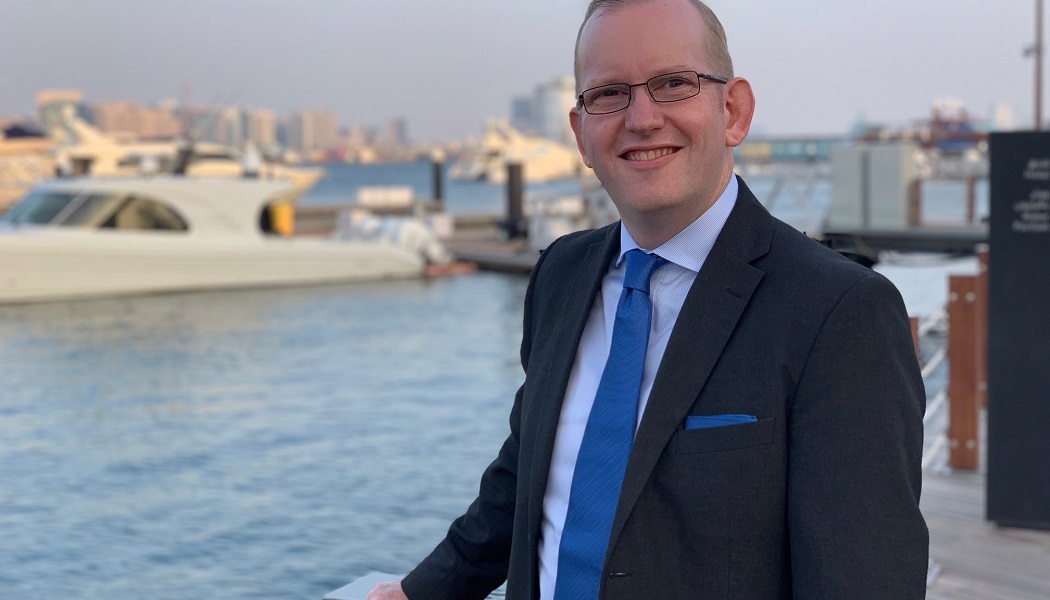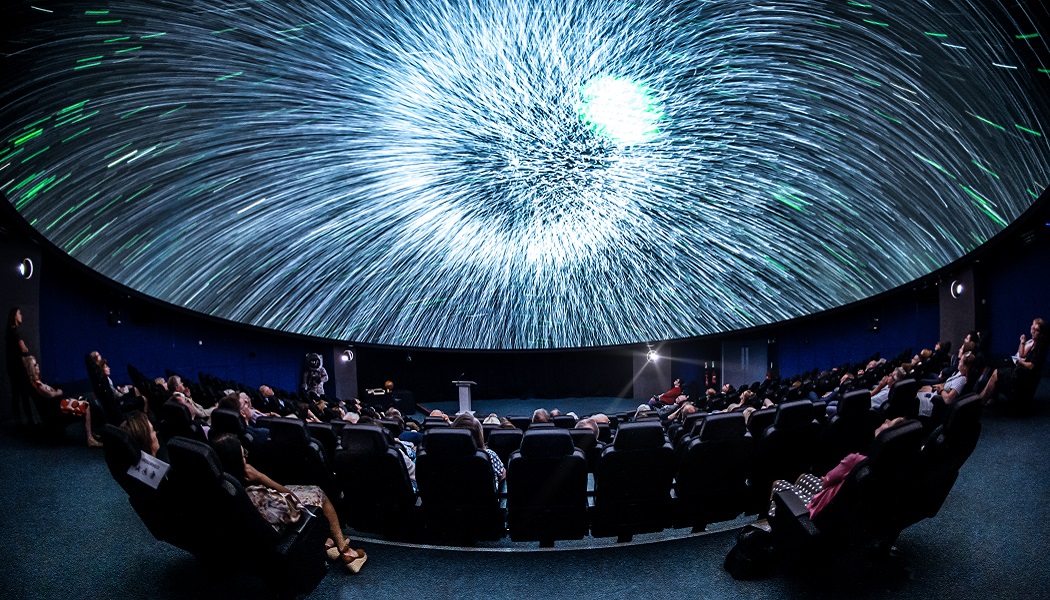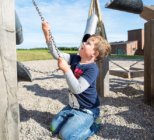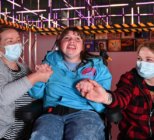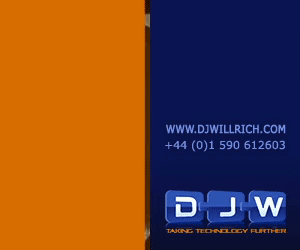With museums having been closed more than open in the past year, the entire population has been given a taste of how it feels to be locked out of cultural experiences. There are many thousands of people for whom this is a perpetual reality, with sites inaccessible to them for a plethora of reasons.
Steve Dering, chief operations officer at Direct Access, who is profoundly deaf, says he “thinks nothing” of travelling hours out of his way to visit an accessible experience – whether that’s an exhibition, theatre show or any other day out taken for granted by millions.
This level of planning and substantial time commitment, he continues, is highly typical for anyone living with a disability – but is seemingly not replicated by many of those responsible for planning buildings and events, with countless attractions failing to meet disabled visitor needs.
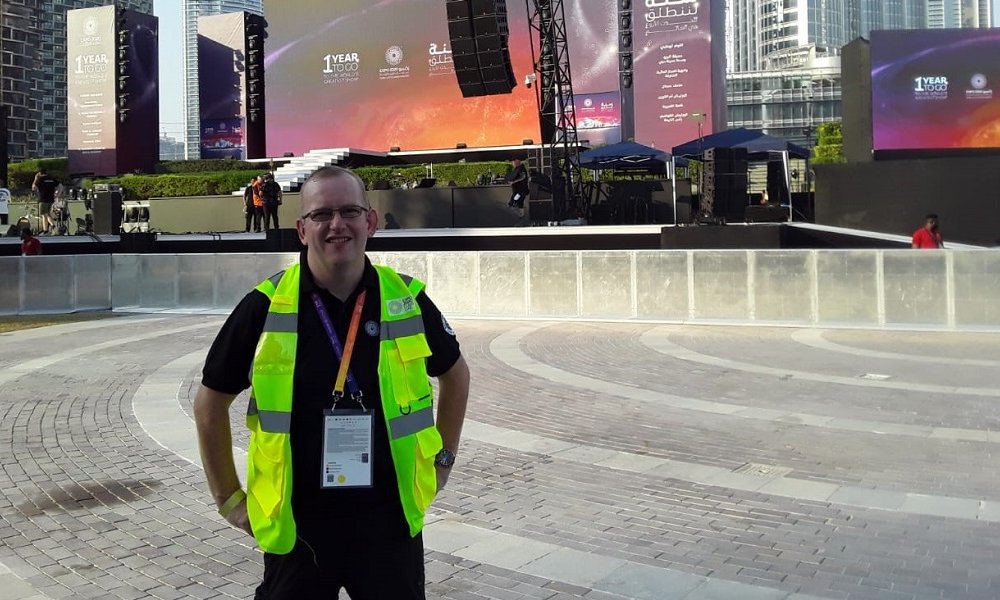
“While it may seem daunting to start with, there is support available,” Dering explains, believing that many organisations fail to engage as they simply don’t know the basics of how to make their site more accessible.
“If you are a small museum, there is funding and support available to facilitate changes. No matter what size your organisation, if you are planning any refurbishment then that is the best time to consider accessibility.”
Access audits, he notes, are the perfect way to better understand where a site currently is in terms of accessibility. “If you have an access audit done then not only will you know where to improve but also you can point to it as evidence you’ve properly considered it. It should really be seen like a fire safety audit, which is required by law.”
Science Museum Group is one of the latest industry organisations to target a more accessible experience for visitors. Full audits at sites including the National Science and Media Museum in Bradford and Manchester’s Science and Industry Museum will identify existing good practice as well as highlighting areas in need of improvement.
Science Museum Group appoints consultancy to review accessibility and inform curation
In a separate contract, the museum group has also invited Direct Access to advise on the curation and programming for a new gallery that will be announced later in the year.
Pandemic pitfalls
The past year has seen levels of access at visitor attractions drop markedly. “We have been inundated with enquiries regarding the alignment of Covid safety measures with accessibility requirements,” Dering tells Advisor.
One-way systems have proven a particular challenge. “Even if a visually impaired visitor comes to your site with a highly trained guide dog, the dog can’t read the signs on the floor saying ‘keep 2 metres apart’,” he continues.
The sad consequence of this has been numerous reports of verbal abuse or threats being made to visitors not adhering to social distancing through no fault of their own.
To counteract this worrying trend, Direct Access encourages all those living with non-visible disabilities to wear Hidden Disabilities Sunflower lanyards or bracelets. The initiative is designed to maximise awareness of learning difficulties, mental health, and speech, visual or hearing impairments.
“We encourage as many people as possible to take this up as we’ve received several accounts of this kind of incident during the pandemic. Only around 8% of disabled people are wheelchair users and many people simply do not consider disabilities they can’t see.” Staff training at museums and heritage sites is also seen as a great way to ensure abuse or intimidation is avoided during visits.
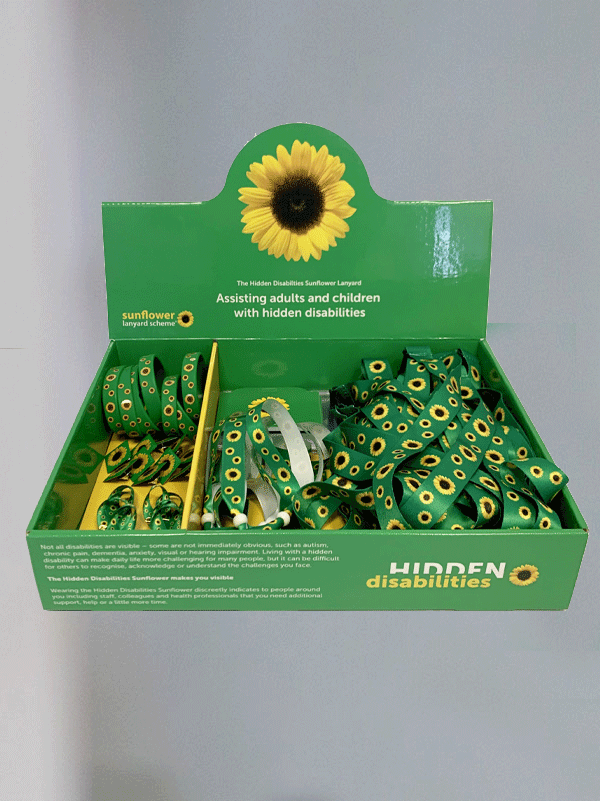
Another challenge for many museums over the past twelve months has been the undoing of recent accessibility innovations by Covid protocols. The Direct Access COO believes yet more ingenious thinking is needed to mitigate this.
“When you think about interpretation, for instance, there is a lot to consider. First steps are ensuring the font is big enough and that you’re offering audio options. Beyond that, we’ve seen some great work developing tactile alternatives to traditional interpretation as a way of explaining an exhibit.
“Obviously, this has been impacted by the need to minimise contact in gallery spaces. Paper touch models that visitors can keep is, however, one way to keep that option Covid secure.”
Hampered heritage
No matter how badly an attraction wants to ensure its site is fully accessible, some hurdles cannot be circumnavigated. This is plainly evident in two projects Direct Access has worked on recently; at the world-famous Roman Baths in Somerset and as part of the ongoing redevelopment of the Harris in Preston.
An audit of the latter was commissioned to guide architects’ plans when redesigning and redeveloping the site. Disability stakeholders in the Preston area have been engaged throughout and the consultancy has periodically checked in on construction to ensure specifications are being met, but the building’s age has frequently hamstrung proceedings.
Accessibility and architectural heritage at core of £10.7m Harris redevelopment plans
Dering explains that the Victorian structure’s Grade I listed status “creates a lot of challenges” but it is well understood that “listing takes priority over all other considerations”. This difficult balancing act was in even sharper focus when working with the Roman Baths in Somerset.
Central as they are to the city of Bath’s designation as a World Heritage Site, making structural changes to the site is not an option. The venue has nevertheless been keen to do all it can to improve access for all visitors.
A ramp installed in a way that is painstakingly sympathetic and unobtrusive to the stone building has improved physical access for some visitors, but little more can be done due to protections placed on the architecture.
Even still, Dering cites the institution as a prime example of how to clearly communicate accessibility shortcomings online.
“It has been made very clear on their website what is and isn’t accessible for people living with various disabilities. That is the single best way as it avoids nerves or anxiety for a disabled person visiting a new place.”
Failing to share details on accessibility or quiet spaces and programming dedicated to relaxed experiences is the number one failing of countless heritage attractions, according to the Direct Access boss.
“Ensuring all accessibility information is available online prior to a visit is just as important as whatever is on site,” he states. “It all boils down to awareness. You could have the most accessible site in the world, but if people don’t know about it and there’s no accessible transport to get there then people won’t visit.”

It is this openness and transparency that Dering believes is the foundation of all effective accessibility work, in conjunction with “considering the full continuum of disabilities, not just focusing on one or two”.
While acknowledging that the museums and heritage sector is “a little more forward thinking than other industries” – spurred on by measures such as Arts Council England making accessibility consulting a capital funding requirement – Dering is all too aware there is a vast amount of work still to do.
Just as ultra-flexible programming and uses of digital have been implemented during the pandemic, museums and heritage sites can “use this time to rethink how they do things” in terms of accessibility, he adds.
When the doors reopen to visitor attractions in the coming weeks and months, it is Dering’s hope that, with careful planning and open dialogue throughout the sector, a greater number of people than ever before will be able to enjoy the cultural experiences we have all missed so sorely since March last year.

